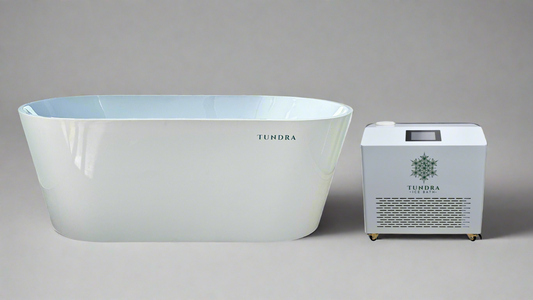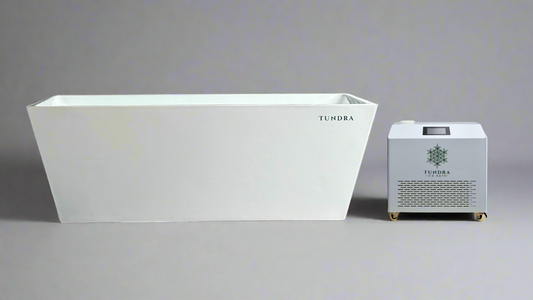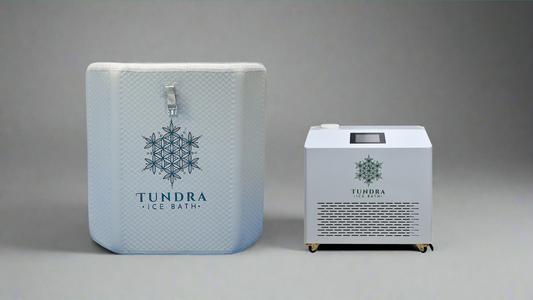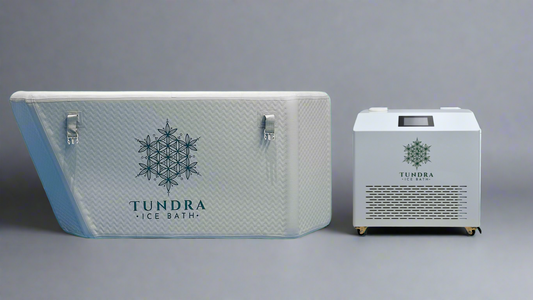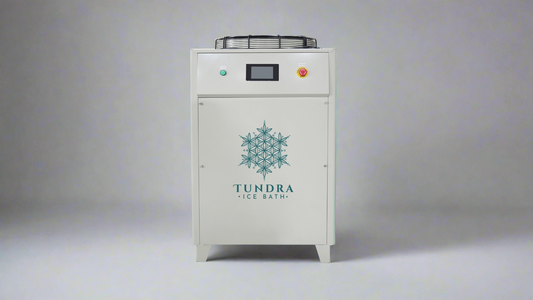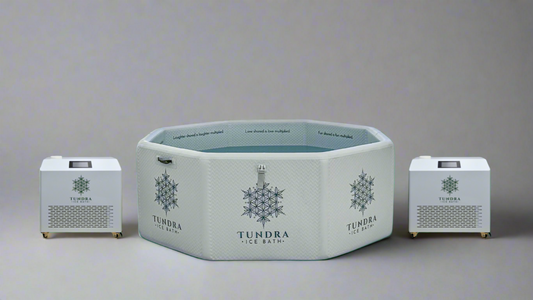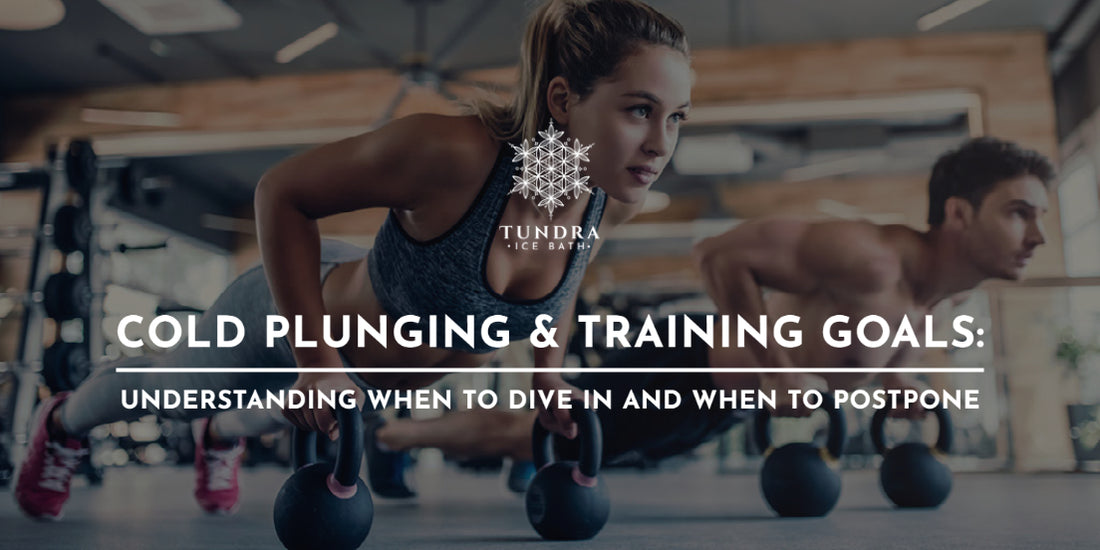
Cold Plunging & Training Goals: Understanding when to dive in and when to postpone
Share
Introduction
Physical training and athletic performance rely heavily on a delicate balance between stress and recovery. As an athlete or fitness enthusiast, you're likely familiar with the saying, "You're only as good as your recovery." In recent years, cold plunging has gained popularity as an efficient recovery method, with extensive research backing up its benefits. However, when it comes to training goals, it's essential to recognize when cold plunging is most effective and when it might be counterproductive. Let's delve into the science behind cold plunging and its relationship with different training types and goals.
Effects of Cold Plunging on Training
Cold plunging, often referred to as cold water immersion (CWI), triggers a series of physiological responses that can have a significant impact on training outcomes. When you immerse your body in cold water, you trigger vasoconstriction, the narrowing of blood vessels, which reduces inflammation and muscle soreness. This is beneficial for recovery from intense or high-volume training, allowing you to train again sooner.
However, the body's response to cold exposure isn't solely beneficial. A critical element of training, particularly strength and hypertrophy training, is the inflammatory response. Inflammation following exercise is a natural and necessary process that signals the body to repair and build stronger muscle tissue. By reducing inflammation immediately after a workout, cold plunging can potentially interfere with muscle hypertrophy (growth) and strength gains.
When to Use Cold Plunging in Your Training
With that in mind, understanding your training goals is key to determining when to use cold plunging. Here are some general guidelines:

Endurance Training: After long-distance running, cycling, swimming, or any other endurance-based activity, your body has expended significant energy and potentially broken down muscle tissue in the process. Cold plunging aids recovery by helping reduce muscle soreness and fatigue. This is due to the vasoconstriction induced by cold water immersion, which minimizes inflammation and enhances the removal of metabolic waste products. The result is a quicker return to baseline, meaning you're ready for your next training session sooner.

High-Intensity Interval Training (HIIT): HIIT workouts involve short bursts of intense exercise interspersed with periods of rest or lower-intensity exercise. This type of training can cause significant muscle damage and inflammation due to its intensity. When you plunge into cold water post-HIIT, you stimulate the narrowing of blood vessels (vasoconstriction), reducing inflammation and the associated pain, known as Delayed Onset Muscle Soreness (DOMS). This helps in faster recovery and readiness for your next HIIT session.

Strength & Hypertrophy Training: If your primary goal is muscle growth or strength gain, the timing of cold plunging becomes crucial. This is because the natural inflammatory response post-workout plays a key role in muscle repair and growth. When you exercise, your body triggers an inflammatory response, which, while often painted in a negative light, is actually a vital part of the muscle repair and growth process. Jumping into a cold plunge immediately after a workout can suppress this inflammation, potentially hindering the hypertrophy process. Therefore, it might be beneficial to delay cold plunging until at least a few hours after your strength workout, allowing the natural inflammatory and repair processes to occur. This way, you're not blunting your body's adaptive response to the training stimulus.
The Role of Timing
Timing plays a crucial role in determining the effects of cold plunging on training outcomes. If muscle gain is your goal, it's recommended to wait at least two hours post-workout before cold plunging. This delay allows the body's natural inflammatory response, essential for muscle repair and growth, to take place before reducing inflammation with cold exposure.
On the other hand, if your primary goal is recovery and you're not concerned about potential interference with strength or muscle gains, feel free to dive into a cold plunge immediately after your workout.
Conclusion
Cold plunging can offer substantial benefits for recovery from various types of training, but it's not always the best choice, especially when muscle growth is the goal. By understanding the physiological responses involved and aligning your use of cold plunging with your specific training goals, you can optimize your training and recovery strategy for the best possible results. As always, it's important to remember that what works best can vary between individuals, and it's often beneficial to experiment to find what works best for you.
In the world of training and recovery, context is everything. Cold plunging is a powerful tool, but like any tool, its effectiveness depends on how and when it's used. So, whether you're an endurance athlete looking to recover faster, a strength athlete aiming to maximize muscle growth, or someone simply looking to enhance overall well-being, understanding the science of cold plunging can help you make informed decisions

